23 Seafood Dishes Even Chefs Stay Away From
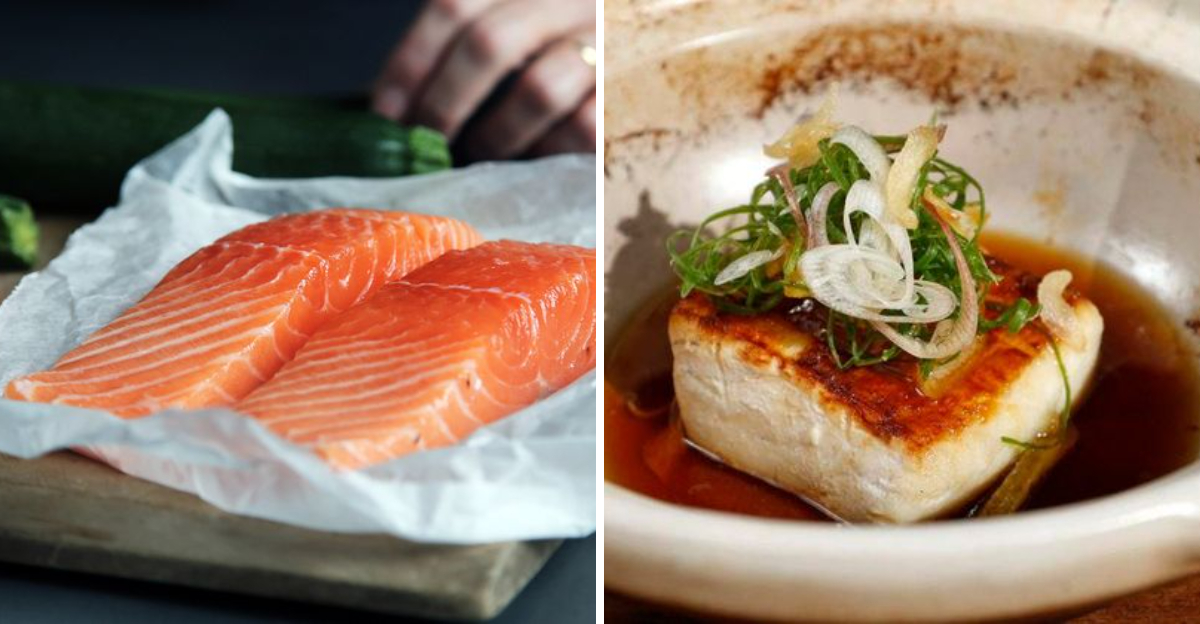
Seafood can be sublime—when it’s fresh, properly sourced, and expertly prepared. But not all dishes are worth the risk. From safety concerns to texture nightmares, even chefs draw the line at certain ocean offerings. Here are 23 seafood dishes that professional chefs often avoid—and why you might want to think twice before ordering them, too.
1. Tilapia

Tilapia is widely farmed across the globe, often thought of as an affordable alternative. However, chefs have raised concerns over the questionable farming practices surrounding this fish. The environment in which they are bred often involves overcrowding in unsanitary conditions. Additionally, tilapia lacks a distinctive flavor that can make it uninspiring in culinary creations. Its blandness is a direct result of its diet and farming methods. Because of these ethical and taste considerations, many chefs choose to avoid tilapia. It might be cheap, but quality and taste are often compromised.
2. Escolar (a.k.a. “Ex-Lax Fish”)
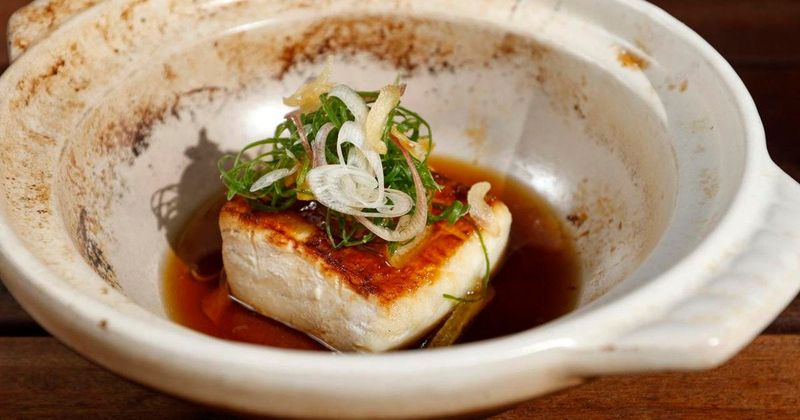
Known colloquially as the “Ex-Lax Fish,” escolar is notorious for its digestive consequences. This fish contains indigestible wax esters that can lead to unpleasant gastrointestinal side effects. Many diners have regretted consuming escolar unknowingly. Chefs often refuse to serve it due to these potential health risks. While its buttery flavor might initially entice, the aftereffects are anything but desirable. Even though it can be tempting on a menu, both chefs and diners should exercise caution. The risks associated with escolar simply outweigh its taste benefits.
3. Imitation Crab (Surimi)
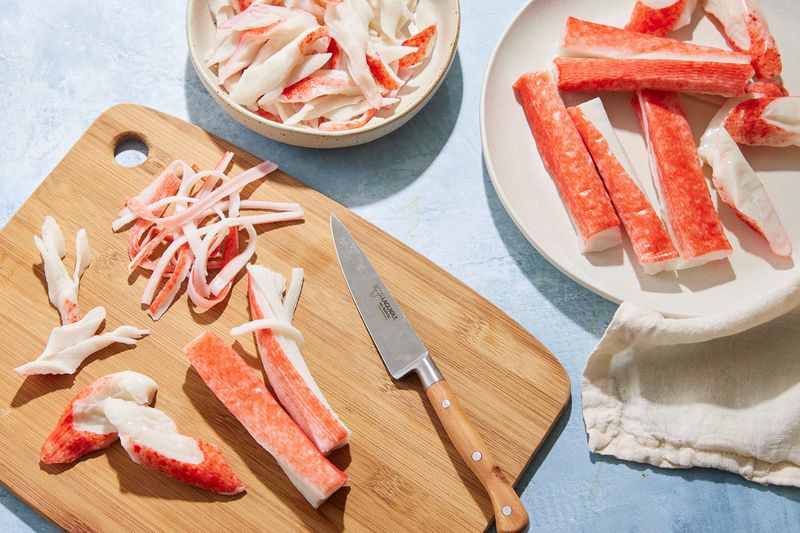
Imitation crab, also known as surimi, often masquerades as the real thing in various dishes. However, it’s merely a processed fish paste, lacking the authentic taste and texture of genuine crab meat. This low-quality filler is frequently used in sushi rolls and seafood salads to cut costs. Chefs prefer authentic crab for its rich flavor profile and natural texture. The lack of authenticity and the artificial additives in surimi make it less appealing. When dining out, discerning chefs and food lovers look for real crab instead of substitutes.
4. Pre-Cooked Shrimp
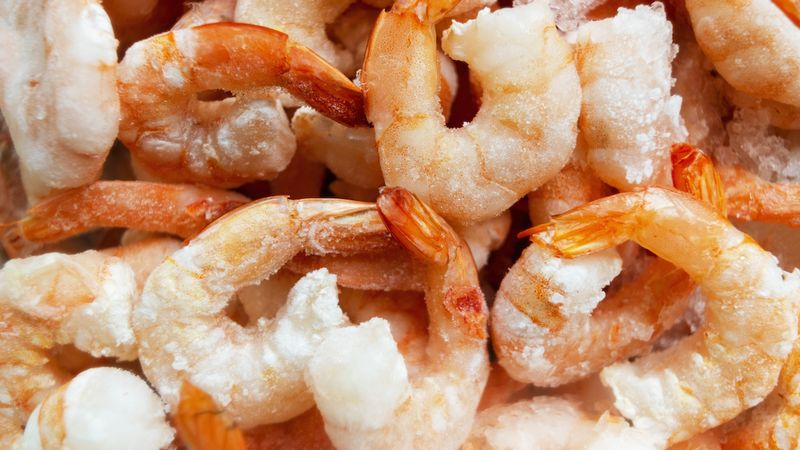
Pre-cooked shrimp often arrive at the table with a rubbery texture and uninspiring flavor. Chefs usually prefer starting with raw shrimp to have better control over the cooking process. Raw shrimp allows for customization in taste and texture. Unfortunately, pre-cooked shrimp is commonly found in packaged seafood dishes and buffets, where quality often takes a back seat. The convenience of pre-cooked shrimp rarely compensates for the loss in taste and freshness. For those seeking a satisfying shrimp experience, fresh and raw is the way to go.
5. Basa (Pangasius)
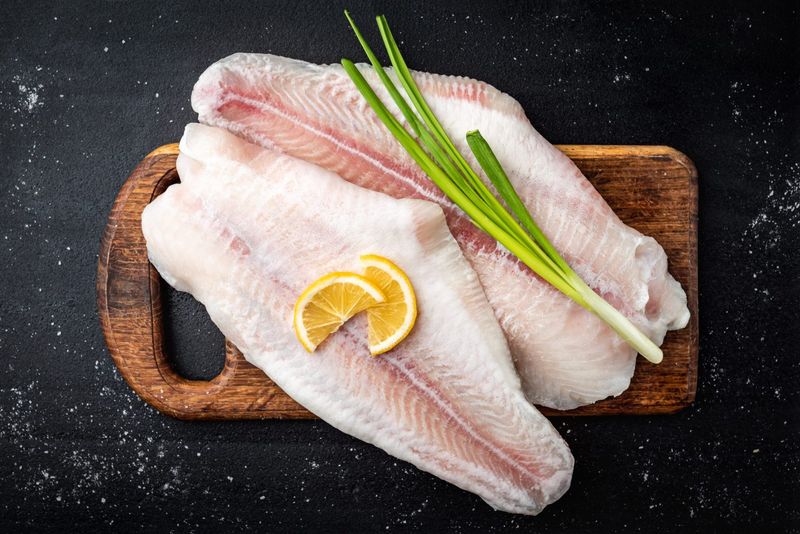
Basa, also known as Pangasius, is another inexpensive seafood option, often raising ethical eyebrows. Its farming practices involve overcrowded conditions and murky environments. The result is a fish with a weak, uninspiring flavor that lacks the richness of its more esteemed counterparts. Chefs aiming for quality seafood dishes usually steer clear of basa. The ethical concerns and its bland taste make it a less desirable choice. While it might appear on menus due to its affordability, the compromised quality is a deal-breaker for many culinary professionals.
6. Frozen Calamari Rings
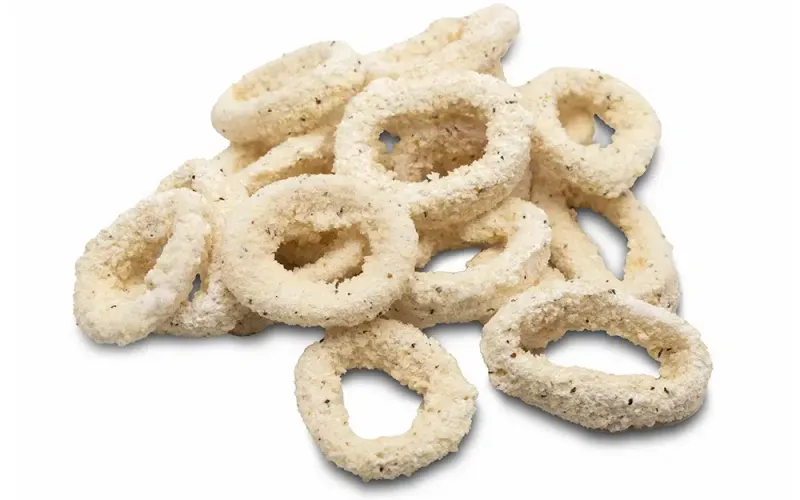
Frozen calamari rings are often a far cry from their fresh counterparts. The freezing process can result in a chewy texture and bland taste. Many of these rings are heavily breaded, masking the delicate flavor of fresh squid. Chefs passionate about seafood prefer fresh calamari, which offers a tender texture and subtle taste. The pre-breaded frozen versions are frequently found in fast-food joints and lack culinary finesse. For an authentic seafood experience, fresh calamari is the preferred choice of discerning chefs.
7. Farmed Atlantic Salmon (Low-Quality)
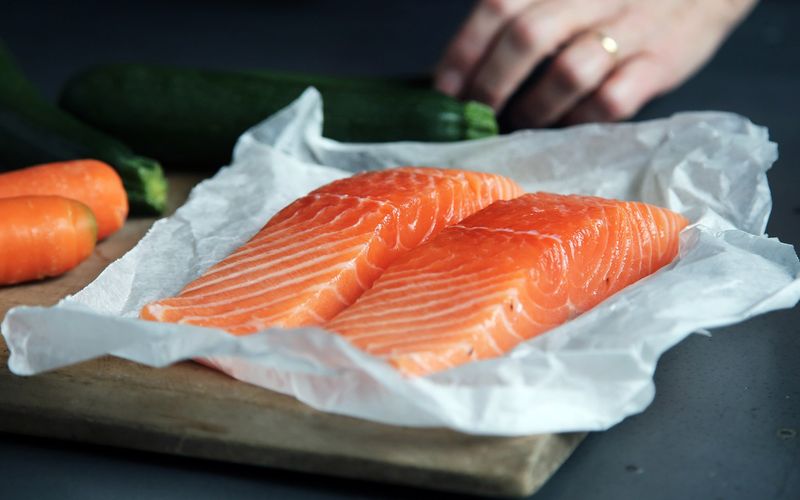
Farmed Atlantic salmon is a staple in many grocery stores, but not all are created equal. The cheaper variants are often riddled with contaminants, and their nutrient profile is subpar. Low-quality farmed salmon lacks the omega-3 content and vibrant flavor found in wild-caught or high-quality farmed options. Chefs committed to serving nutritious and flavorful dishes tend to avoid these substandard versions. The texture and taste of low-quality farmed salmon can be underwhelming, leading many to seek out better-sourced alternatives for their menus.
8. Lobster Tail (Frozen and Pre-Cooked)
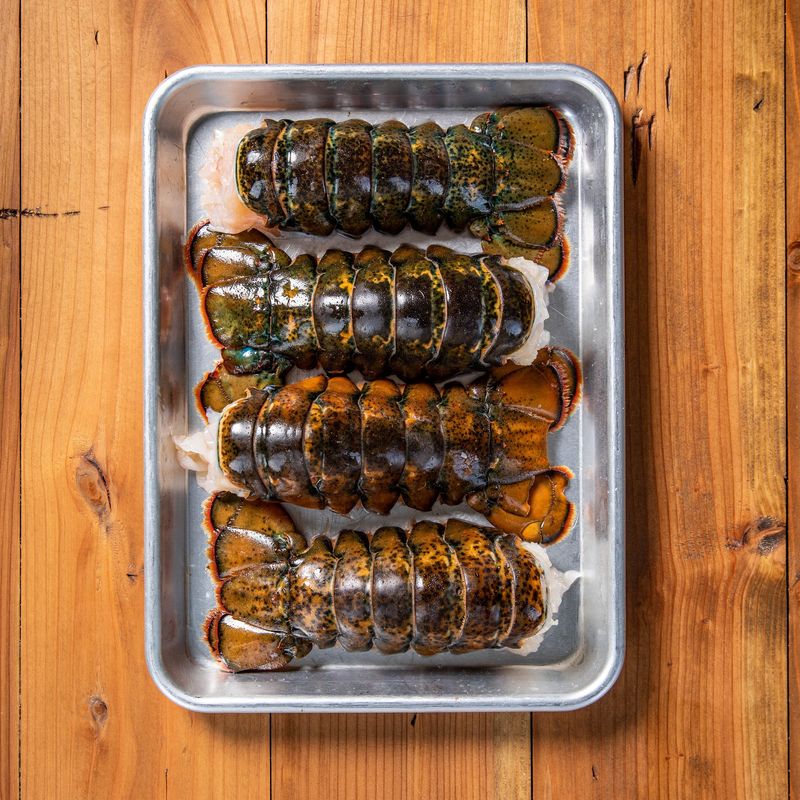
Frozen and pre-cooked lobster tails often disappoint seafood enthusiasts. The freezing process can compromise their texture, resulting in a rubbery and overcooked product. Chefs aiming to deliver a luxurious seafood experience prefer fresh lobster, which offers superior taste and tenderness. The allure of lobster is in its delicate flavor and succulent texture, both of which suffer when frozen. Those who appreciate fine dining understand that fresh is best. For the true lobster experience, avoiding pre-cooked and frozen tails is advisable.
9. Oysters from Buffets
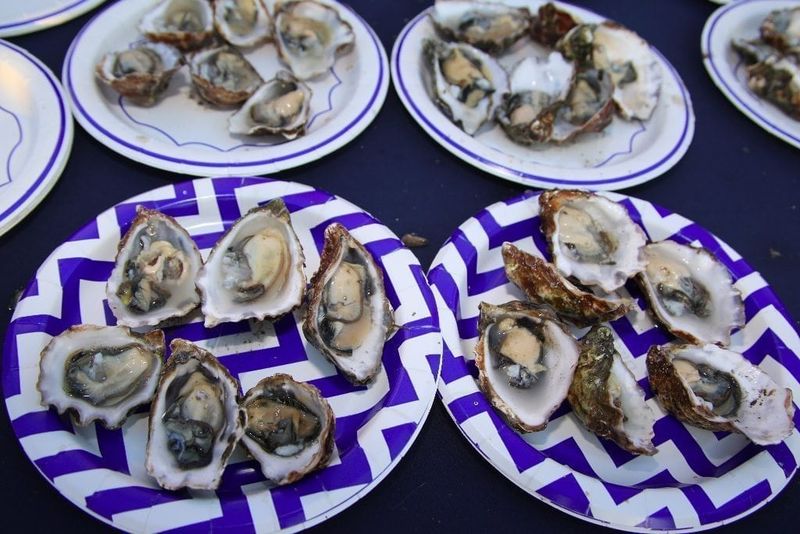
Oysters are a delicacy when fresh and properly handled. However, buffet oysters pose a significant risk due to improper storage. Raw shellfish combined with warm holding temperatures create an environment ripe for foodborne illnesses. Chefs who prioritize food safety avoid buffet oysters at all costs. The potential for food poisoning overshadow any benefits of convenience. For those who value quality and health, ensuring that oysters are sourced and stored correctly is essential. Freshness is key, and buffets often fail to meet these standards.
10. Mussels (When Out of Season)
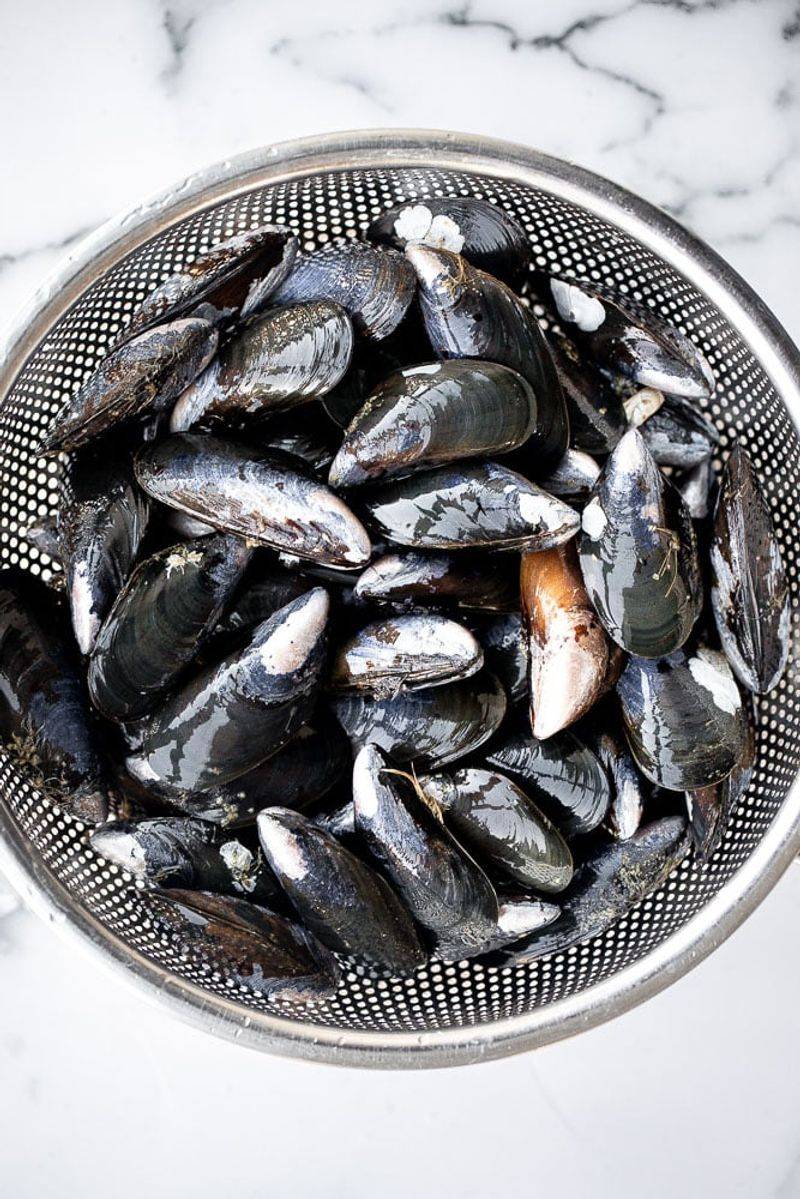
Mussels are a culinary favorite when they are in season and fresh. However, out-of-season mussels can be misleading in terms of taste and texture. Chefs are wary of mussels that are not harvested at their peak, as they might not meet the expected quality. The aroma and flavor can be off-putting if they’re stale. The best mussels are those that are plump and flavorful, harvested at the right time. For chefs, serving mussels at their freshest is a non-negotiable standard that ensures a delightful dining experience.
11. Tuna Salad (Deli-Style)
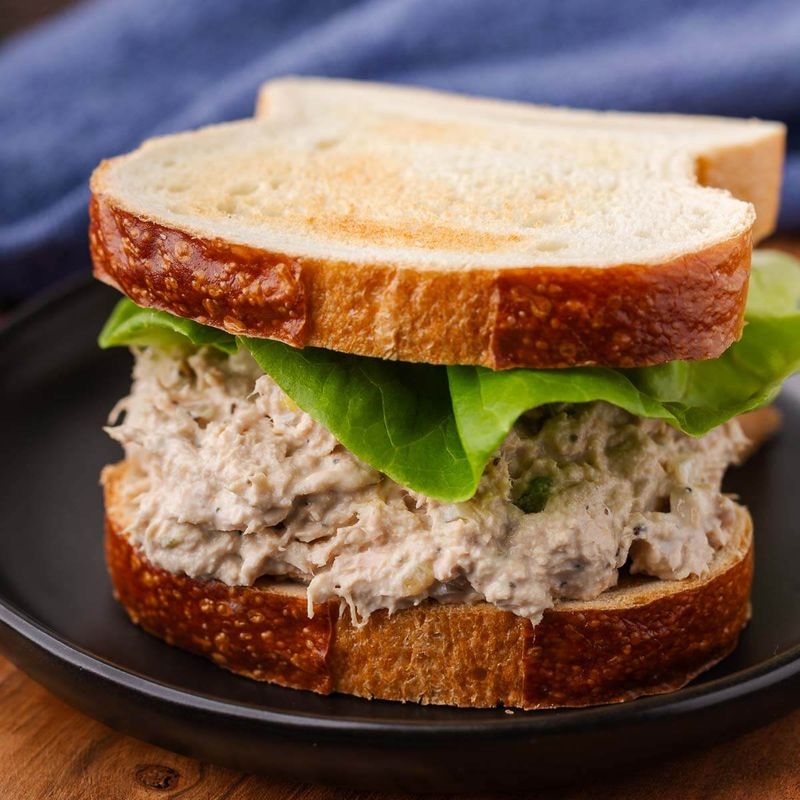
Deli-style tuna salad is a staple in many lunch menus yet often falls short of culinary excellence. Made from low-grade canned tuna, it’s usually masked with heaps of mayonnaise. This not only dulls the natural flavor of the tuna but also adds unnecessary calories. Chefs dedicated to quality use fresh or higher-grade canned tuna for their salads, enhancing the dish’s appeal. For those seeking a more refined tuna salad experience, the choice of ingredients is crucial. Deli-style versions often lack the finesse that chefs aim for.
12. Scallops That “Weep”
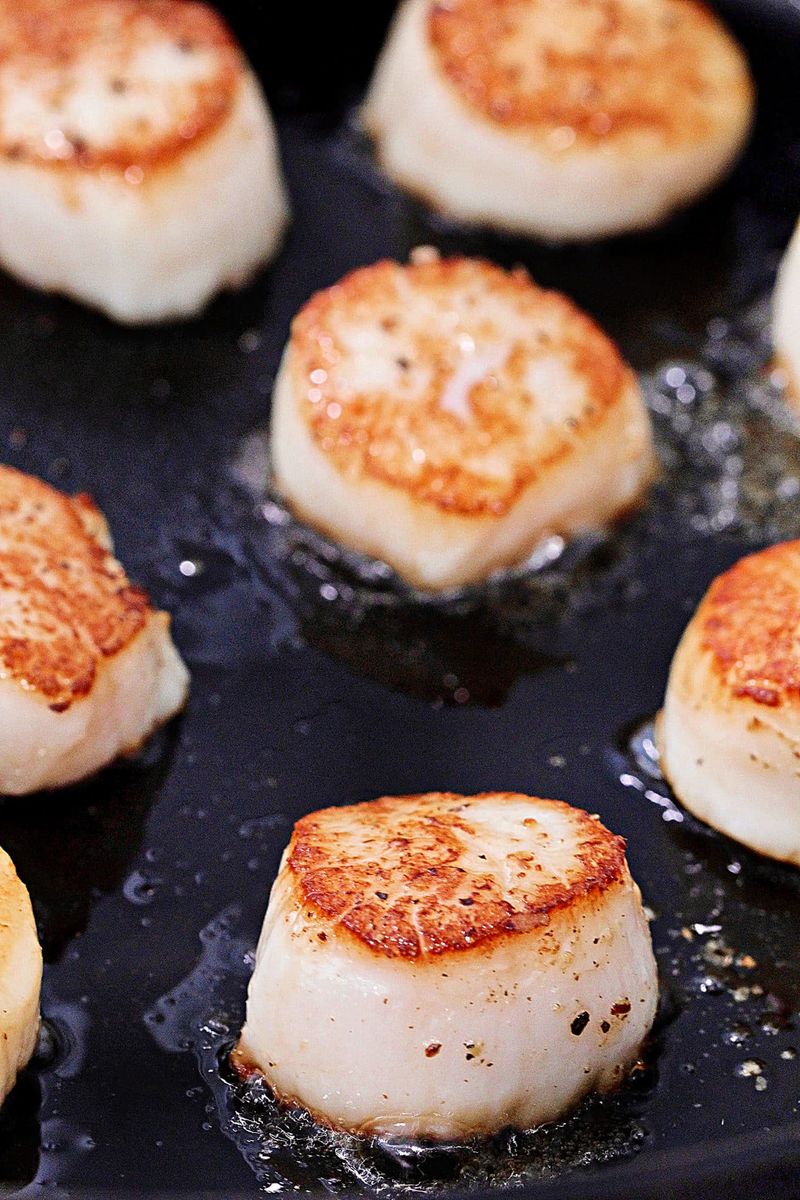
Scallops are a prized seafood, known for their delicate flavor and texture. However, scallops that appear to “weep” are often treated with phosphates to increase their weight. This treatment can compromise both taste and texture. Chefs who treasure quality seafood avoid these treated scallops, as the milky liquid is a red flag. The natural sweetness and tender bite of a fresh scallop are unmatched. When selecting scallops, watching out for this weeping effect is crucial for maintaining culinary integrity. Fresh, untreated scallops are the preferred choice.
13. Swordfish (When Overcooked)
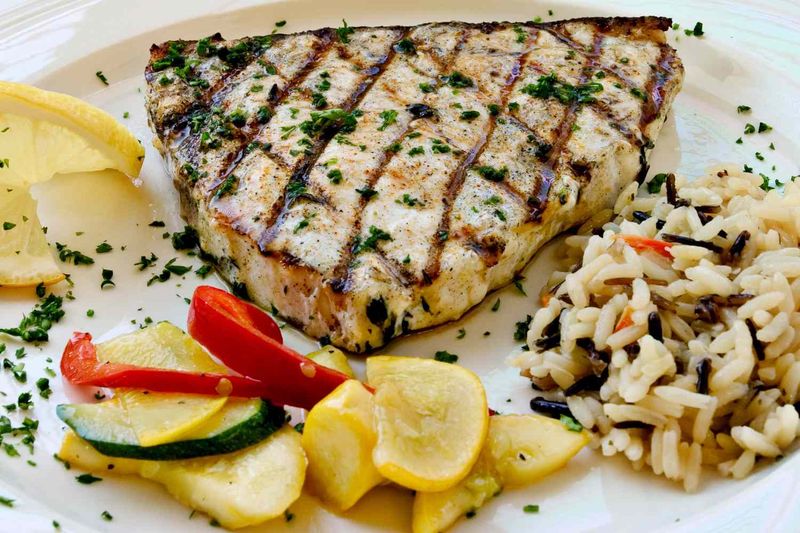
Swordfish is revered for its robust flavor and meaty texture, but it requires precision in cooking. When overcooked, swordfish can become dry and acquire a metallic taste, detracting from its natural appeal. Chefs who understand the art of seafood preparation handle swordfish with care, ensuring it remains moist and flavorful. Achieving this balance is critical for a satisfying dining experience. For those who appreciate the finer aspects of seafood, avoiding overcooked swordfish is key. The difference in taste and texture is significant and worth the effort.
14. Shrimp Cocktail (Pre-Packaged)
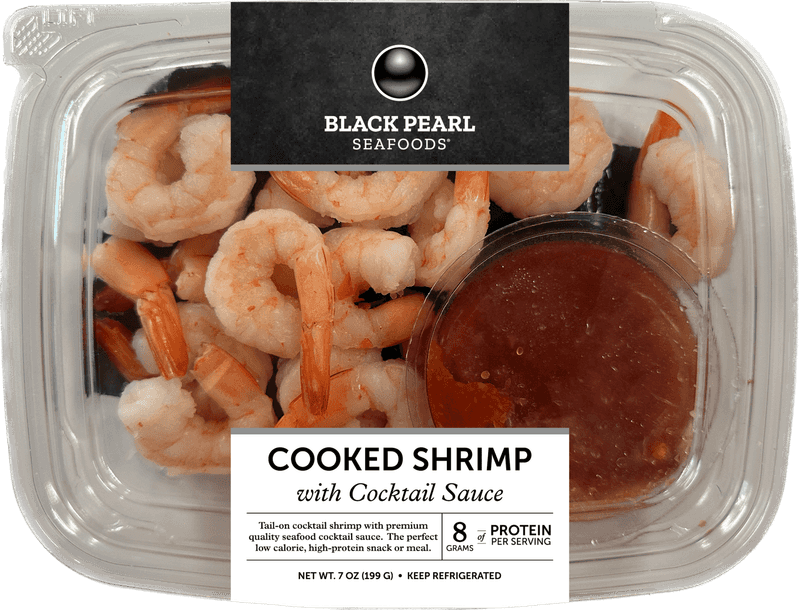
Pre-packaged shrimp cocktails often lack the freshness and flavor that make this appetizer a favorite. The shrimp can taste rubbery, and the cocktail sauce is usually generic. Chefs aiming for an elevated dining experience prefer fresh-poached shrimp paired with a house-made sauce. This approach ensures each bite is flavorful and satisfying. While pre-packaged options are convenient, they seldom deliver in terms of quality. For those who enjoy seafood, opting for freshly prepared shrimp cocktails is a wise choice that highlights the dish’s potential.
15. Crawfish (Out of Season or Frozen)
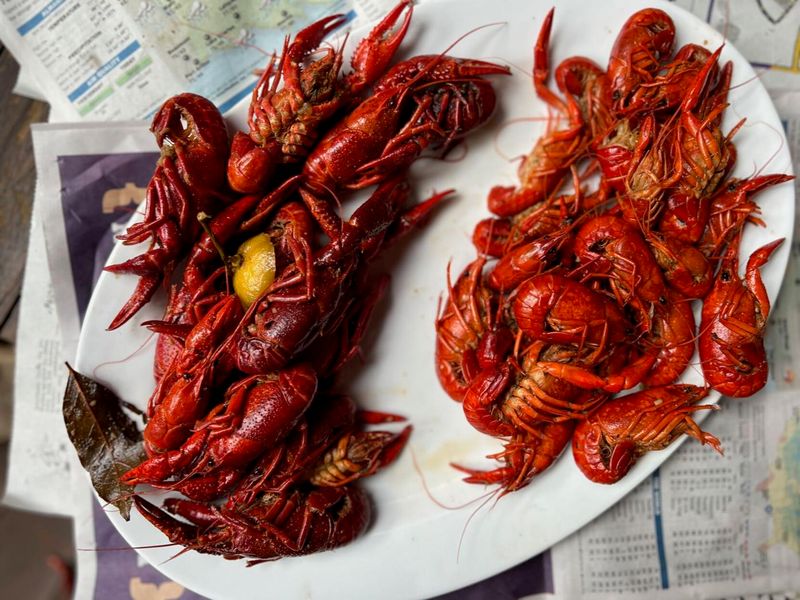
Crawfish boils are a Southern tradition, celebrated for their bold flavors and communal spirit. However, out-of-season or frozen crawfish lack the vibrancy and taste that make them special. Chefs dedicated to authenticity prefer fresh, in-season crawfish to capture the essence of this dish. The difference in texture and flavor is notable, with frozen crawfish often seeming mushy. For those who want the full crawfish experience, timing and source are everything. Ensuring that crawfish are fresh and in season is essential for a genuine culinary delight.
16. Crab Cakes (Cheap Ones)
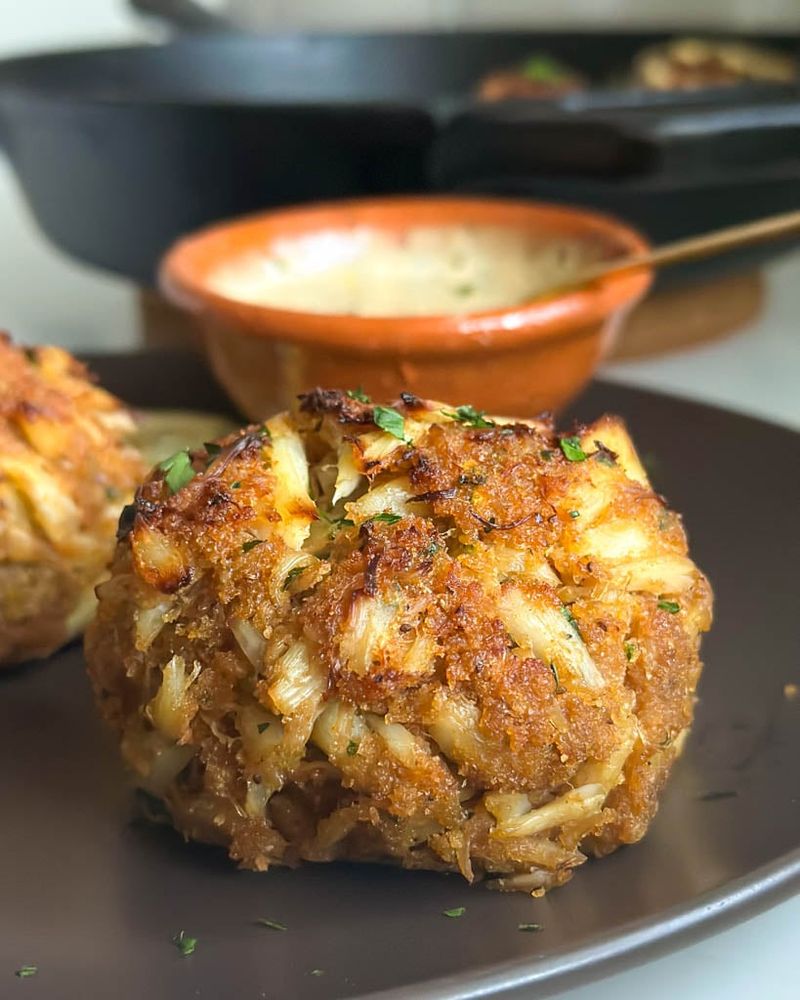
Crab cakes are a seafood staple, celebrated for their rich flavor and succulent texture. However, cheap versions often skimp on the crab, relying heavily on fillers like breadcrumbs. Chefs who value quality seek out crab cakes that are predominantly made from real crab meat, enhancing their appeal. The presence of visible crab chunks is a sign of a superior product. For those who appreciate seafood at its finest, avoiding these subpar imitations is crucial. Real crab cakes offer an unmatched taste experience that is worth the investment.
17. Fish Tacos (With Mystery Fish)
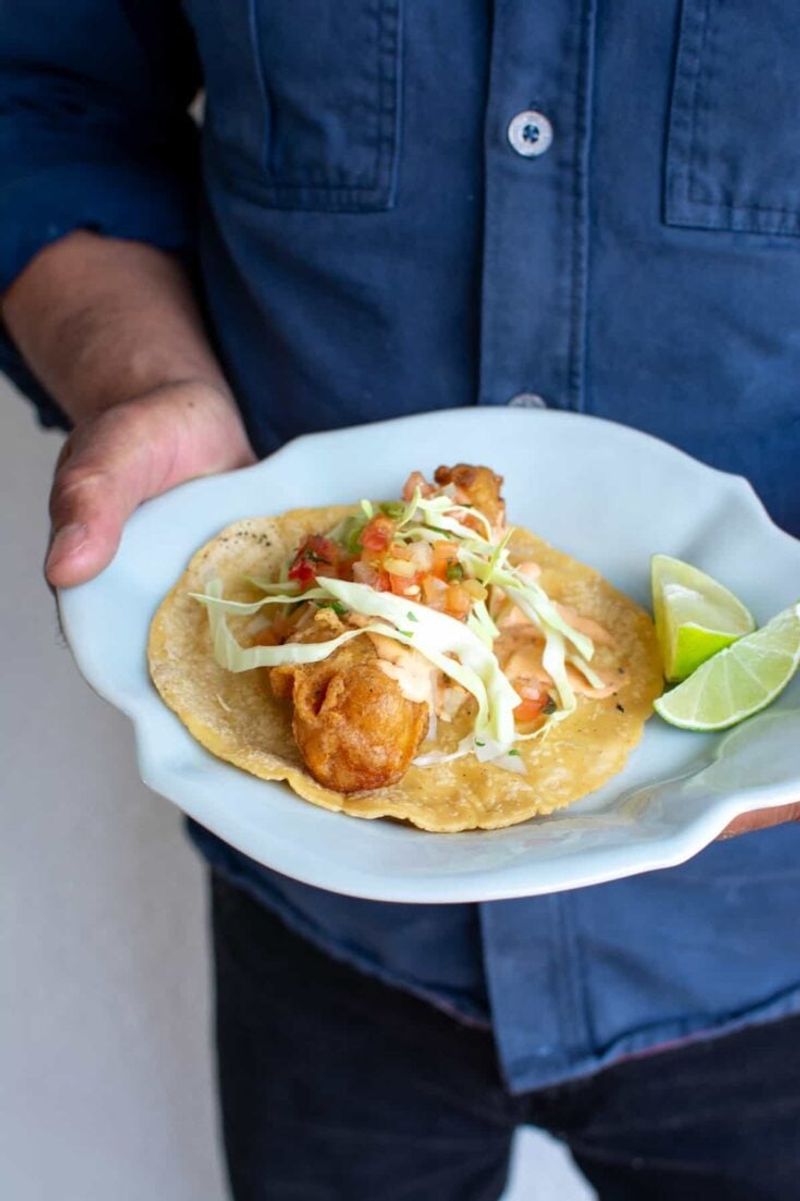
Fish tacos are a beloved dish, celebrated for their fresh flavors and vibrant toppings. However, when the menu lists “fish” without specifics, it raises concerns about quality and sourcing. Chefs who prioritize transparency and taste specify the type of fish used in their tacos. This ensures consistency and quality. Mystery fish can be low-grade or improperly sourced, detracting from the dish’s appeal. For those seeking an authentic fish taco experience, knowing the fish’s identity is key. Quality ingredients make all the difference.
18. Smoked Fish Spread (Store-Bought)
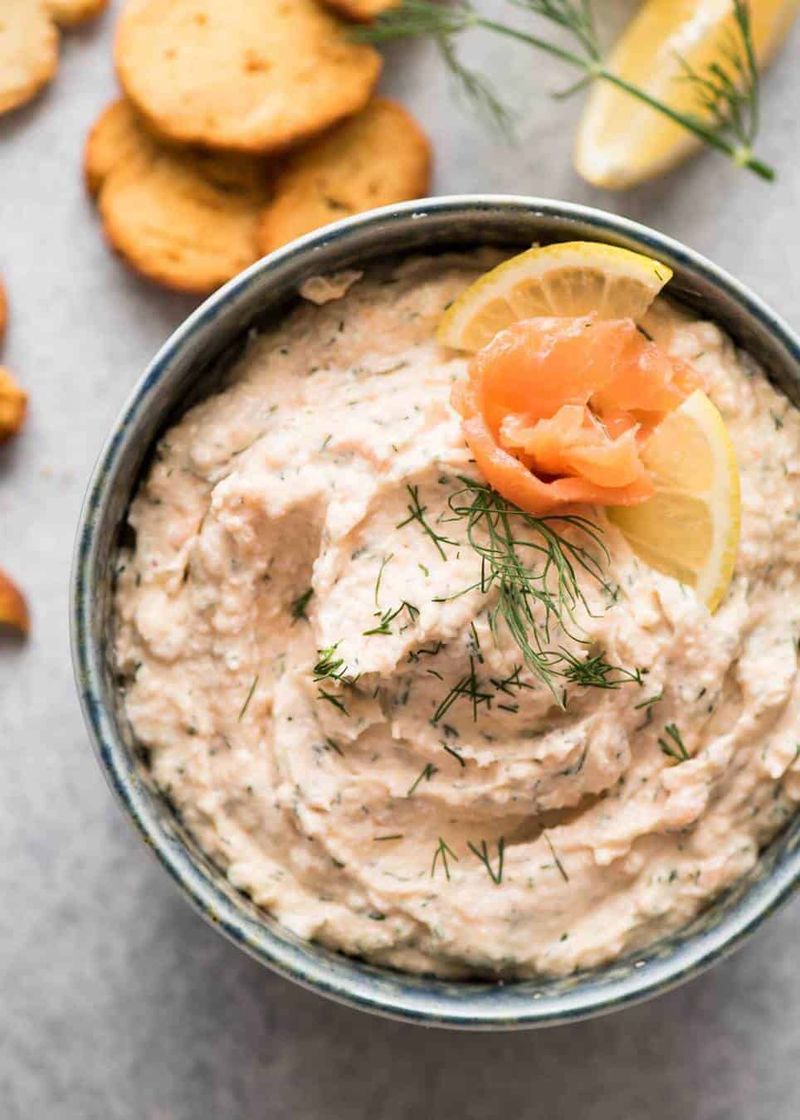
Store-bought smoked fish spreads often fall short of the homemade versions. These products can be overly salty and mushy, lacking the depth of flavor that fresh ingredients provide. Chefs who take pride in their craft prefer to make their own spreads, ensuring quality and taste. The difference is noticeable, with homemade spreads offering a richer and more nuanced flavor profile. For those who enjoy seafood spreads, opting for homemade or freshly-made versions is advisable. The effort in creating a spread from scratch results in a superior product.
19. Fish Sandwich from Fast Food Chains

Fast food fish sandwiches are notorious for their inconsistency and lack of real fish flavor. Often fried to oblivion, these sandwiches feature fish filets of uncertain origin. Chefs dedicated to quality seafood dishes avoid these options, preferring fresh, identifiable fish cuts. The excessive batter often masks the fish’s taste, leaving little to be desired. For those who seek a satisfying fish sandwich, homemade or specialty restaurant versions offer a better experience. Quality ingredients and preparation make all the difference, avoiding the pitfalls of fast food versions.
20. Sea Bass (Chilean, Overfished)
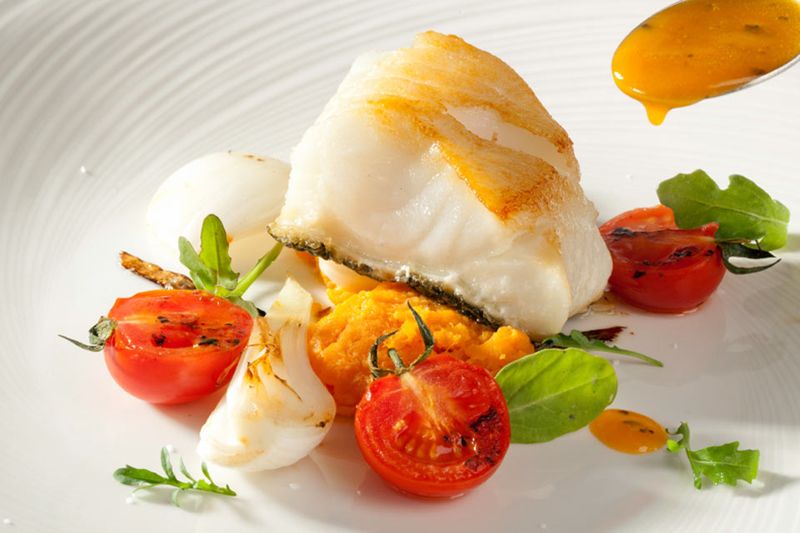
Chilean sea bass is a luxurious seafood choice, known for its rich flavor and buttery texture. However, its popularity has led to overfishing, raising ethical and environmental concerns. Chefs committed to sustainability avoid Chilean sea bass unless it is certified as responsibly sourced. The environmental impact of overfishing is significant, prompting many culinary professionals to seek alternative fish choices. For those who care about sustainability, choosing fish that are responsibly harvested is crucial. The taste may be tempting, but the broader implications deserve consideration.
21. Clam Chowder (From a Can)
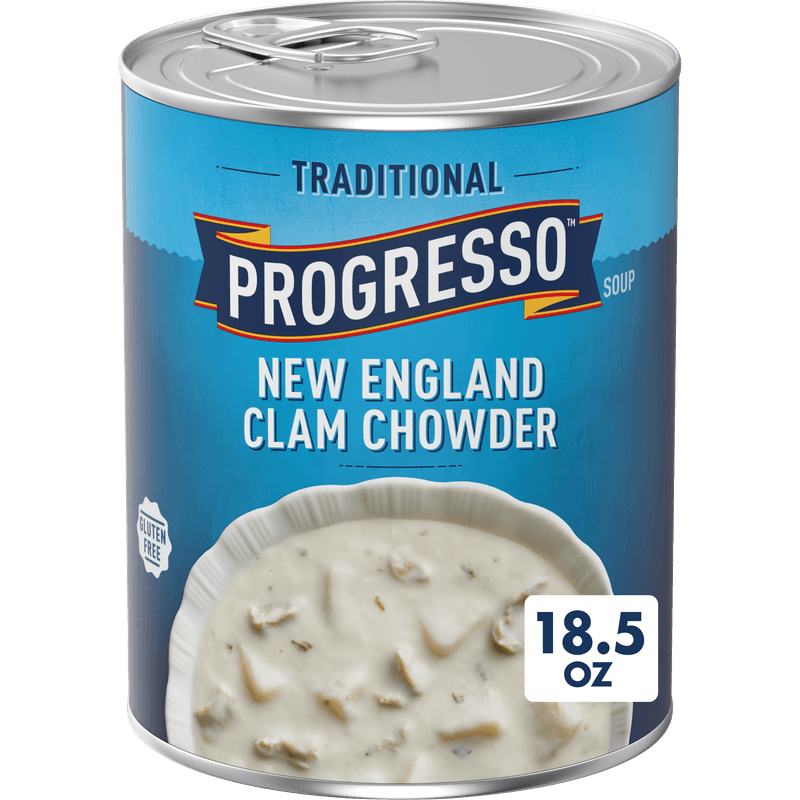
Canned clam chowder often lacks the richness and depth of homemade versions, with a watery consistency that leaves much to be desired. Chefs who appreciate the art of soup-making understand the importance of fresh ingredients and careful preparation. Canned versions can be overly salty and lack the presence of real clam pieces. For a satisfying chowder experience, homemade is the way to go. The difference in flavor and texture is significant, highlighting the effort that goes into a well-crafted bowl of chowder.
22. Fish and Chips (Cheap Versions)
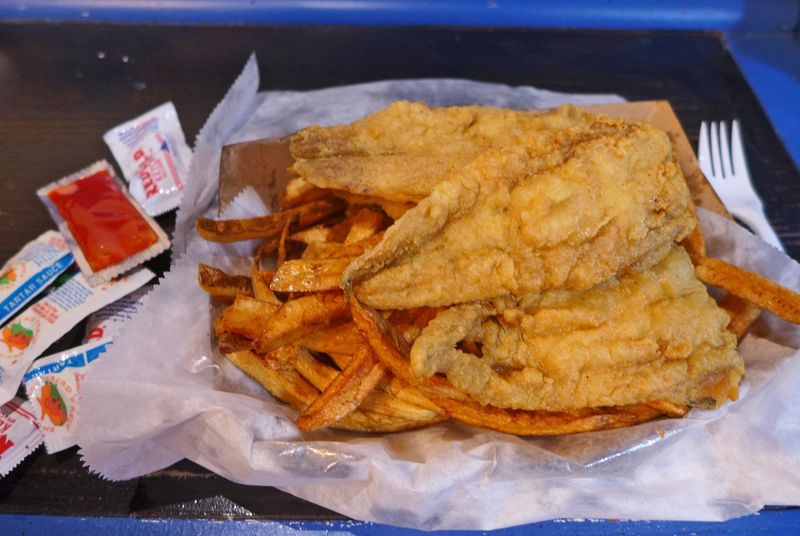
Fish and chips is a classic dish, celebrated for its crispy batter and moist fish interior. However, cheap versions often disappoint, with greasy batter and mushy fish that detract from the experience. Chefs who take pride in their fish and chips seek out quality ingredients and precise preparation. The difference in taste and texture is substantial, making the effort worthwhile. For those who enjoy this iconic dish, avoiding low-quality versions ensures a satisfying meal. Fresh fish and perfectly fried batter are the hallmarks of a great fish and chips experience.
23. “Catch of the Day” (Without Details)

The “Catch of the Day” can be an enticing menu item, suggesting freshness and seasonal availability. However, when details are lacking, it raises questions about the fish’s source and quality. Chefs who prioritize transparency ensure that their catch of the day includes information about the fish type and origin. This builds trust with diners and ensures a quality product. For those dining out, asking about the specifics can make all the difference. Knowing the fish’s story enhances the dining experience, turning a menu choice into a culinary journey.
